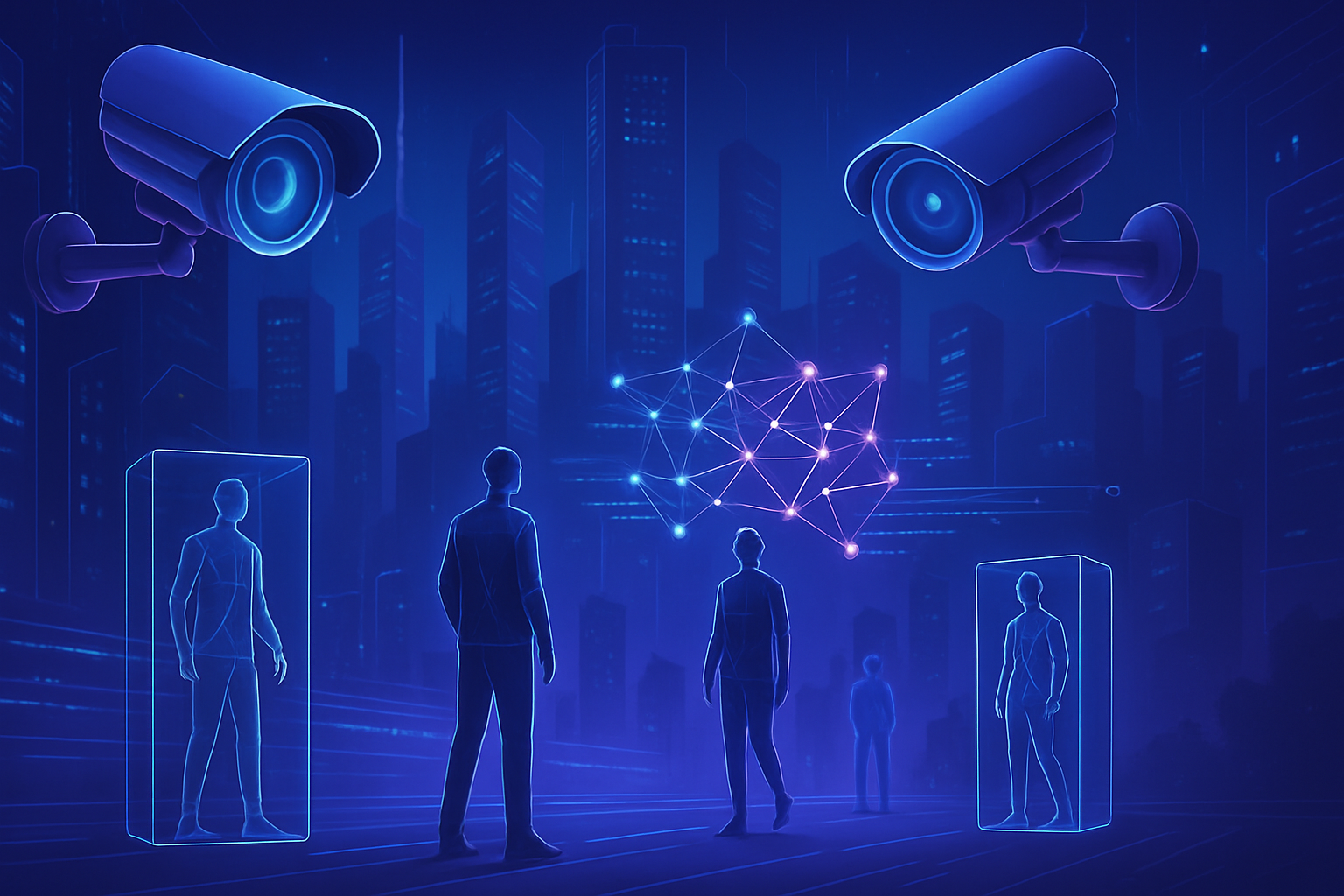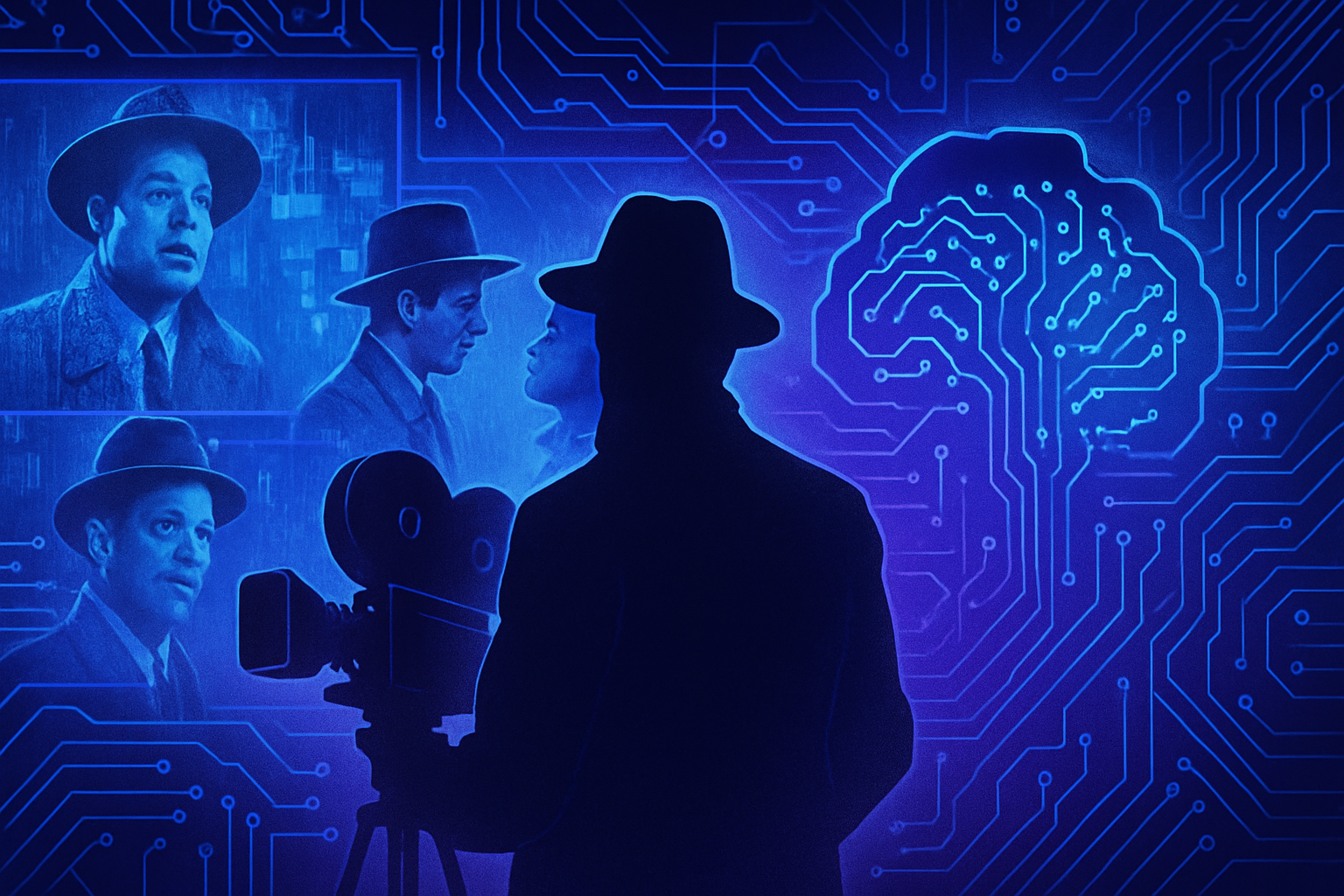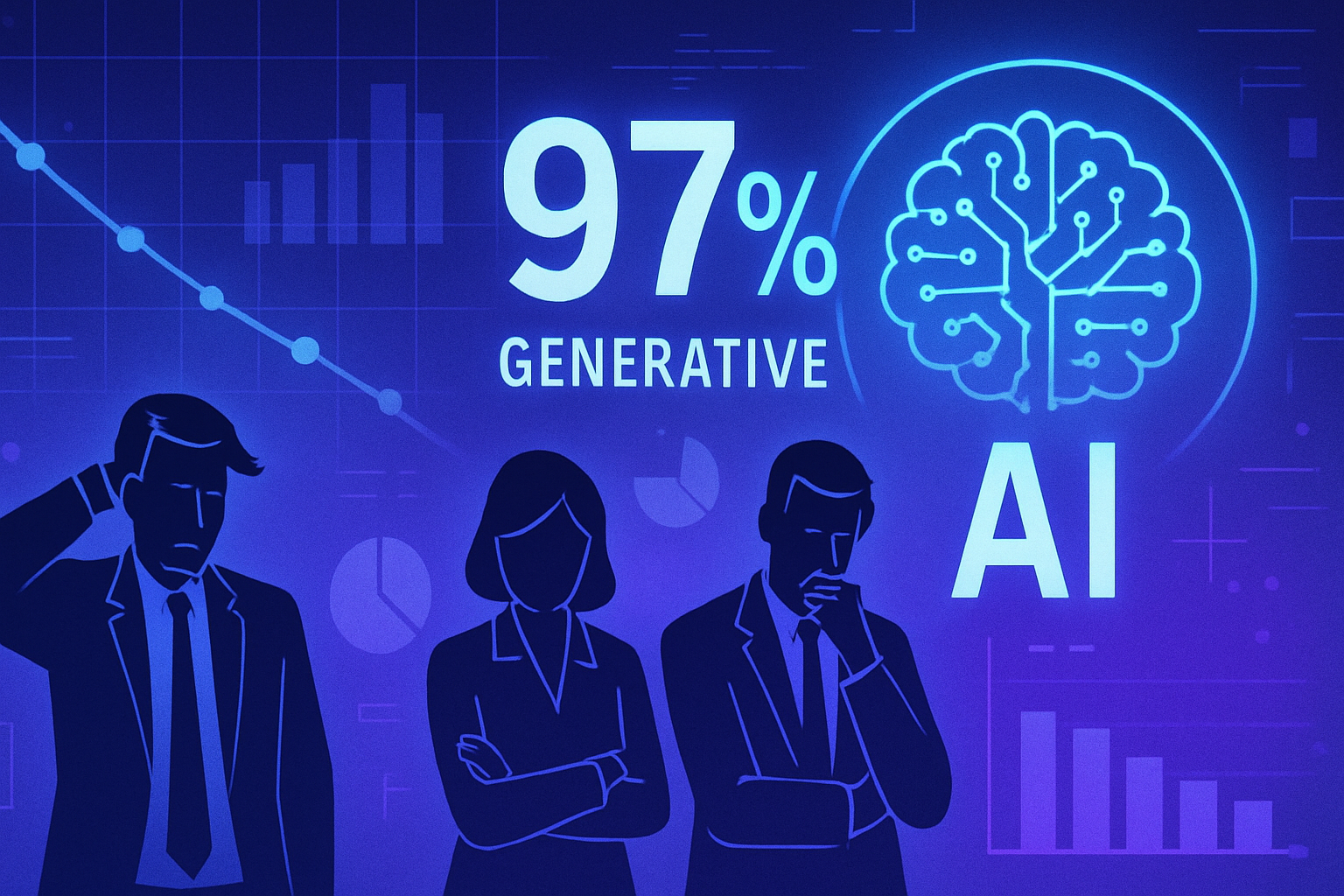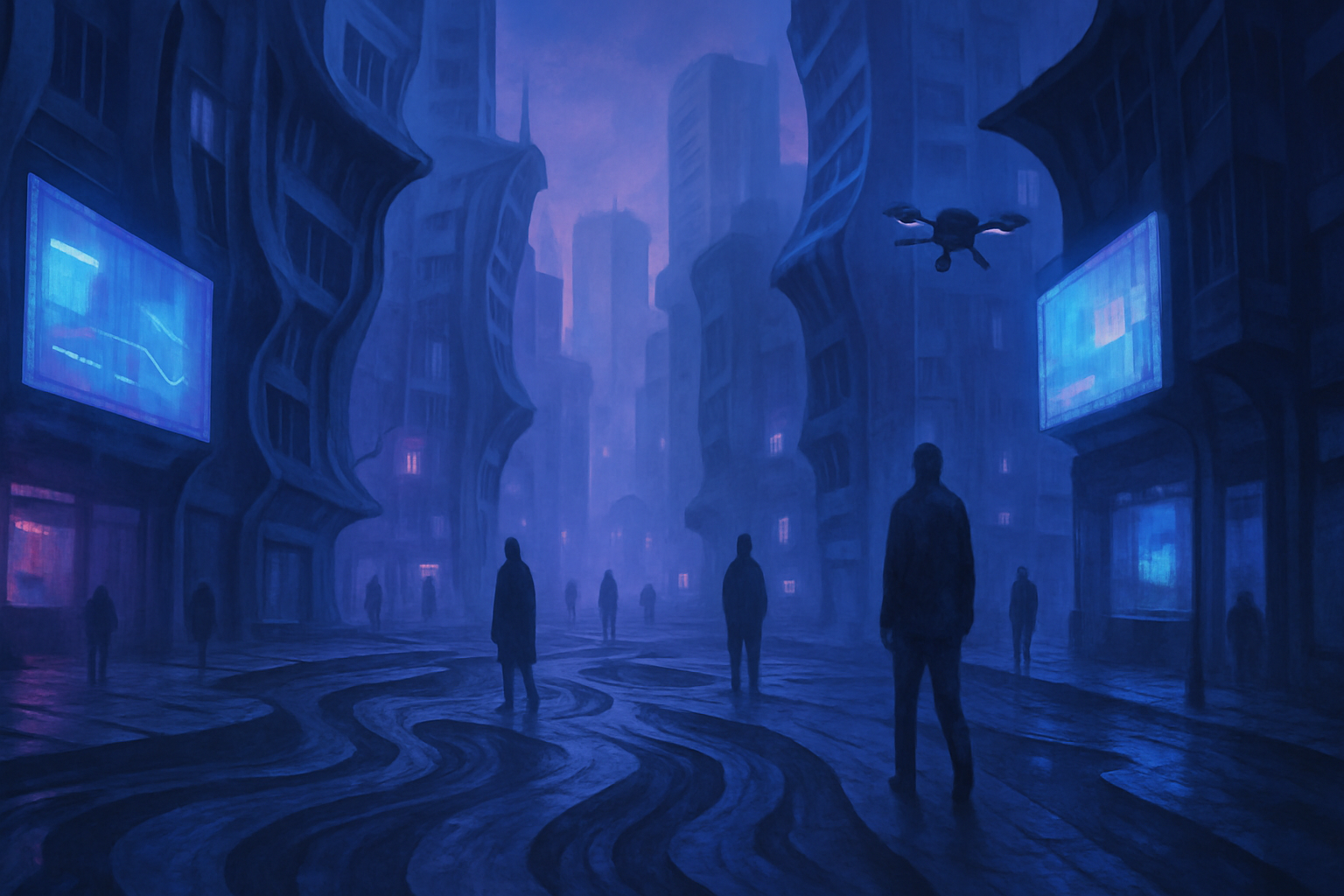The rise of cameras creates an immeasurable challenge for deep learning in the 3D estimation of human poses. The transition to *multi-camera detection* comes with complex puzzles, between surpassing the algorithm architecture and managing camera parameters. Traditional methods exploit 2D images but often fail when varied environments interact with their inability to integrate diverse visual data.
The necessity for effective generalization arises as classical approaches hit limits. Recent models, such as MV-SSM, attempt to push these boundaries through innovative techniques. Implementing an architecture that integrates each pixel proves essential to transcend the pitfalls of fragmented image processing.
Challenges of 3D Human Pose Detection
The estimation of human pose began with pioneering deep learning models like OpenPose. These early tools focused on locating human joints as key points in 2D within the images. Subsequently, more elaborate systems such as Google’s Mediapipe and YOLOpose have emerged, attracting considerable attention due to their efficiency and precision.
Transition to 3D: A Complex Issue
The current challenge is to estimate human pose in 3D, pre-determining the locations (x, y, z) of joints in a global reference frame. This shift from a single image to 3D presents a poorly posed problem. While the use of multiple cameras seems promising for facilitating this task, the reality shows that multi-view 3D pose estimation remains exceedingly complex.
Fragmentation of Multi-View 3D Estimation
Multi-view 3D estimation of human poses breaks down into several sub-problems. Traditionally, studies began by estimating key points in 2D on multi-view images, then associating corresponding joints between views. This approach, while widespread, has a major downside: errors at each step accumulate. This process often fails to exploit visual cues from multi-view images as the first step neglects a significant portion of pixel information.
End-to-End Learning: A New Perspective
Recently, researchers have rethought the entire estimation process. The idea of supervised end-to-end learning presents significant technical challenges. The need to process all multi-view image inputs entails high computational costs. Moreover, it remains to be defined how the model can learn geometric triangulation within this differential framework without neglecting the ability to generalize to new parameters.
Model Architecture: MV-SSM and Its Innovative Approach
The MV-SSM model adopts an architecture based on ResNet-50 to extract multi-scale features. This architecture uses Projective State Space (PSS) blocks to refine key points, ultimately leading to a 3D key point estimation via geometric triangulation. This model represents a significant advance by injecting geometric guidance into the learning. The projective attention mechanism allows for more efficient merging of information from cross views.
Progress Towards Robust Generalization
Through extensive experimentation, MV-SSM demonstrates impressive capacity to generalize beyond state-of-the-art models. Results reveal improvements of +24% in complex scenarios with three cameras, +13% with various camera arrangements, and even +38% in cross-evaluations of data sets. This advance could revolutionize applications involving 3D human motion capture.
Persistent Limitations: Known Camera Parameters
A major limitation of the MV-SSM model lies in the assumption that camera parameters are known. Although the results are impressive, estimating 3D poses without specific constraints on camera arrangements presents a crucial challenge. Addressing this issue could yield significant industrial utilities, such as substantial improvements in monitoring capacity and human-robot interaction.
Innovation and Research as a Whole
Research such as Learnable Triangulation, MvP, and MVGFormer have explored these issues, each bringing innovations in triangulation and generalization. By leveraging geometric attention mechanisms, this research highlights the obstacles encountered when evaluating in varied data sets. MVGFormer, in particular, has underscored the challenges of overfitting seen in earlier models, drawing attention to the importance of an integrative approach.
Future Research Perspectives
The evolution towards sleek learning models adapted to the new realities of the real world will be essential for overcoming the challenges of 3D estimation. The juxtaposition of triangulation technologies with more flexible learning systems could herald notable advances, promising significant improvements in human detection capabilities. These dynamics can redefine how computer vision interacts with complex environments.
Frequently Asked Questions
What are the main challenges associated with using multiple cameras for 3D human pose detection?
The main challenges include the need to process a large amount of visual data, the complexity of calibrations between cameras, and the risks of error propagation during detection and triangulation steps.
How does 3D human pose detection evolve with the increasing number of cameras?
With more cameras, there is an increase in the richness of visual information, but this also complicates the processing and interpretation of the data, which can lead to generalization issues and uneven performance.
How is model generalization affected by the increase in the number of cameras?
Models may overlearn specific data, making their performance unstable when the camera configuration changes, such as when increasing or decreasing the number of cameras used for detection.
What new approaches are being developed to improve 3D detection with multiple cameras?
Recent approaches include using end-to-end learning models that leverage multi-view information without passing through intermediate steps, as well as geometric attention mechanisms to enhance the integration of visual data.
How are triangulation techniques integrated into new 3D detection models?
Geometric triangulation techniques are now integrated into differentiable architectures, allowing for direct optimization of detection methods and 3D joint estimation.
What performance can be expected from modern models in multi-view scenarios?
Modern models like MV-SSM show significant improvement, achieving higher levels of accuracy in various evaluation scenarios, notably a better detection score under varied camera configurations.
What are the consequences of calibration errors on 3D detection?
Calibration errors can severely impact the accuracy of triangulation, leading to erroneous results in joint location and thus reducing the effectiveness of 3D detection.
Is 3D detection feasible without pre-trained models on specific data?
3D detection is challenging without training on varied data sets, as models need to learn to generalize across different configurations and environments to be robust.






